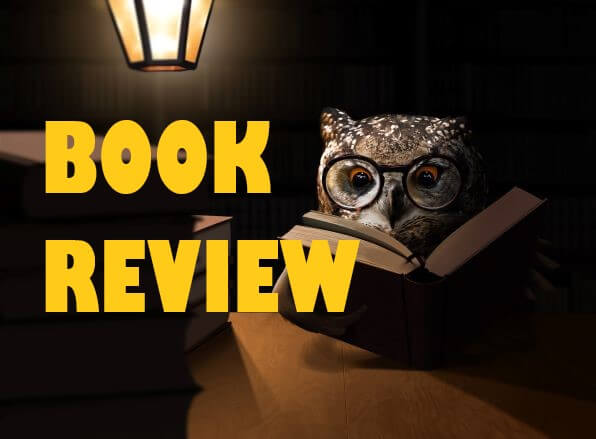Co-Intelligence: Living and Working with AI by Ethan Mollick Book Review
 "Co-Intelligence: Living and Working with AI" by Ethan Mollick explores the concept of humans and AI working together collaboratively, rather than viewing them as competitors or replacements. The book emphasizes the importance of understanding AI's capabilities and limitations, and how humans can leverage them to enhance their own work and decision-making processes. In short, AI should be used as a tool, but not a crutch.
"Co-Intelligence: Living and Working with AI" by Ethan Mollick explores the concept of humans and AI working together collaboratively, rather than viewing them as competitors or replacements. The book emphasizes the importance of understanding AI's capabilities and limitations, and how humans can leverage them to enhance their own work and decision-making processes. In short, AI should be used as a tool, but not a crutch.
Here are some bullet points from the book:
-
AI as a tool: Mollick advocates for viewing AI as a tool that can assist human intelligence rather than replace it.
-
Human-AI collaboration: The book stresses the importance of co-intelligence, where humans and AI work together, leveraging each other’s strengths.
-
AI’s limitations: Mollick acknowledges that AI has limitations, such as a lack of creativity and emotional intelligence, and highlights the need for human oversight and critical thinking when working with AI.
When to not use AI (per Mollick):
-
When you need to learn and synthesize new ideas or information. Asking for a summary is not the same as reading for yourself. Asking AI to solve a problem for you is not an effective way to learn, even if it feels like it should be.
-
When very high accuracy is required. The problem with AI errors, sometimes called “hallucinations,” is that these errors can appear very plausible, making them hard to spot. Research suggests people often don’t check thoroughly.
-
When you do not understand the failure modes of AI. AI doesn’t fail exactly like a human. It can hallucinate, become overly persuasive, or be sycophantic. You need enough experience to understand these risks.
-
When the effort is the point. In many areas, people need to struggle with a topic to succeed—writers rewrite the same page, and academics revisit a theory many times. By shortcutting that struggle, you might miss the vital “aha” moment.
The book emphasizes the importance of humans remaining “in the loop” when using AI, ensuring they are actively involved in the decision-making process and validating AI outputs.
In summary, this book is for people who want to dive into this new world of AI and do so in the right way. If you think AI could be helpful in your professional or personal life, this book offers clarity on how to use it effectively and efficiently.
*Disclaimer*: Harvard Business Services, Inc. is neither a law firm nor an accounting firm and, even in cases where the author is an attorney, or a tax professional, nothing in this article constitutes legal or tax advice. This article provides general commentary on, and analysis of, the subject addressed. We strongly advise that you consult an attorney or tax professional to receive legal or tax guidance tailored to your specific circumstances. Any action taken or not taken based on this article is at your own risk. If an article cites or provides a link to third-party sources or websites, Harvard Business Services, Inc. is not responsible for and makes no representations regarding such source’s content or accuracy. Opinions expressed in this article do not necessarily reflect those of Harvard Business Services, Inc.

